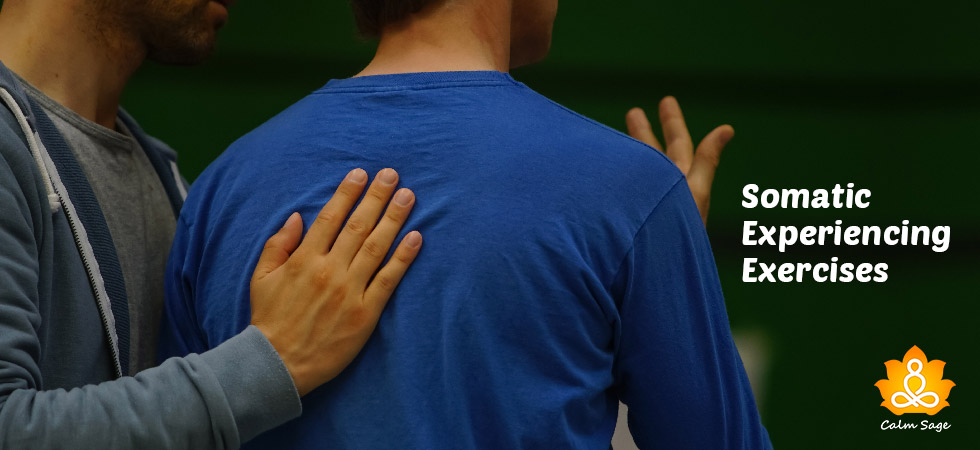An Overview Of Accelerated Resolution Therapy

Accelerated Resolution Therapy or ART blends different forms of psychotherapy that helps in reduction of traumatic effects or constant stressors. It is evidence-based therapy which is meant to recover a person by reprogramming the way the brain stores memories and imagery of a traumatic experience.
The treatment methods that assists in ART therapy incorporate memory visualization, rapid eye movement, image rescripting as well as memory reconsolidation. Such techniques imbibe new memories in the brain of a human being while sliding existing memories aside.
What Is Accelerated Resolution Therapy?
Developed in 2008 by Laney Rosenzweig, ART helps people find relief from their trauma through eye movements. A familiar approach to Eye Movement Desensitization Reprocessing Therapy (EMDR), ART is another evidence-based psychotherapy approach aimed to help people heal from trauma in a few sessions.
Under ART Trauma Therapy, a professional guides you through and helps you visualize your most distressing event or another similar activity that you relate to the traumatic event. Then, the professional asks you to make eye movements by following their hand.
This movement in ART trauma therapy can help you find relief from traumatic memories. Later, you visualize what you wish would have happened rather than what had happened. You replace the memories through visualizations in ART therapy.
Also Read: Ways Expressive Arts Therapy Heals You
Art Accelerated Resolution Therapy is Applied in Conditions Like:
- Post Traumatic Stress Disorder (PTSD)
- Depression
- Grief or loss
- Phobias
- Anxiety
- Addiction
- Substance abuse
- Panic attacks
- Sleep disorders
What Else Can ART Help Treat?
ART therapy for trauma is not just limited to treating trauma and post-traumatic stress disorder. ART trauma therapy can help treat more common mental health issues such as:
- Anxiety
- Grief
- Depression, and
- Addiction
While there might not be a huge number of research studies about the benefits of ART Trauma therapy, there are some studies that show the benefits of using accelerated resolution therapy for depression and anxiety.
In a 2013 study, it was found that people with depression and PTSD showed improvement after undergoing ART sessions. However, the study was done on a small scale and the research behind the same is limited. In another similar small-scale study, it was found that accelerated resolution therapy can also help heal:
- Chronic pain
- Sleep issues
- Mobility issues
Due to its limitations, more studies are needed to determine the benefits and usability of ART for various mental health disorders and conditions.
What Is The Principle Behind Accelerated Resolution Therapy?
As explained earlier, ART therapy is based on modalities including EDMR, Gestalt therapy, cognitive behavioral therapy and psychodynamic therapy. Psychologists use these methods to change the mental images that induce stress and promote negative thinking. It can also be noted that ART does not involve hypnotherapy, although the rapid eye movements may become a part of the treatment.
If you wish to figure out what makes accelerated resolution therapy unique then here it is:
1. Interactive Session:
Therapists encourage a person to remember the traumatic instances along with which CBT technique is applied. As the triggered response shows up, psychologists play an important role in guiding to reduce the distress. Apart from the guidance, individuals are also encouraged to find solutions during the interaction.
Also Read: How CBT Dismantles ADHD Negativity
2. Specific Session:
For faster recovery, ART therapies are designed in a specific manner. One to five sessions, each for 60 to 75 minutes are planned within a 2 week period cycle. These sessions happen in the quickest mode and have shown positive results in the specific time frame.
Also Read: Cognitive Behaviour Therapy (CBT) For Kids | What Makes It The Right Therapy For Your Child
3. Memory Replacement:
All the negative memories related to the traumatic events are sidelined through voluntary memory replacement. Although the facts couldn’t be changed, better imagination replaces the negative effects of memories.
Accelerated Resolution Therapy For PTSD
Accelerated resolution therapy has been said to be effective in treating post-traumatic stress symptoms. How it works might still be unclear due to its limitation in research studies. ART trauma therapy is believed to help replace traumatic memories and images with positive ones.
From easing symptoms such as anxiety to emotional ones, ART can be a good choice of treatment for people with PTSD. PTSD ART therapy does not need you to describe your traumatic experience which, in turn, might limit the feelings of distress and discomfort.
A recent study in which 200+ veterans and service members participated, observed that ART trauma therapy provided relief from psychological symptoms of post-traumatic stress disorder.
Unfortunately, the research on ART and PTSD is still limited and might need more controlled trials and studies to truly understand the effectiveness and benefits of ART for PTSD and other psychological disorders.
How Does Accelerated Resolution Therapy Session Look?
Anyone who comes for ART is informed that anything that happens here is controlled and is also asked to go for full body scanning. Once the physical checkup is done, the person is made comfortable in his or her place. Now he is asked to remember the traumatic event without skipping any portion.
During this process, a rapid eye movement technique is applied in order to control any strong physical or emotional sensations. The process of recalling could go for a few seconds to 10 minutes.
If any physical or emotional stressor are evident, therapists use desensitization procedures to reduce its effects. The visualization is stopped in the same moment and another body scan is undertaken to calm the effects. For example, if someone remembers the horrific accident and panics, they are asked to forget the scene and only good thoughts are introduced again. As the person is back to normal, they are asked to go through the same process again or repeated from the beginning.
Also Read: Eye Movement Desensitization And Reprocess (EMDR) Therapy Guide
When the process is going, the person is also encouraged to find solutions for their targeted imageries. Other therapies when added helps in promoting positivity within a person.
Limitations Of Accelerated Resolution Therapy
Although ART is meant to improve the issues of traumatic experiences, there are chances of situations running out of control and further trauma could show its ugly face. It is thus recommended that people who have serious physical or psychological conditions can avoid ART. Moreover, those who have eye concerns can also ask their doctor before going for the treatment.
Accelerated resolution therapy is a new approach to treatment and has limited evidence stating the effectiveness of the approach. If you’re interested in learning more about ART trauma therapy or want to undergo this therapy, then you can connect with your mental health provider, ask them for recommendations, or connect with one at Rosenzweig Center for Rapid Recovery.
Wrap-Up
Accelerated Resolution Therapy is a strong and effective process to overcome the negative thoughts that emerge due to a life’s tragic moments. Whether you have had abuse, trauma in the armed forces, undergoing depression or met with a tragic accident, it is advised to connect to a counselor right away instead of suffering. You can email it to us at info@calmsage.com and get connected to a counselor today. You can also drop us a message on our social media.
Share this article with your loved ones who might find it useful or comment below on what you think about ART therapy for PTSD and trauma.
Take Care!




















